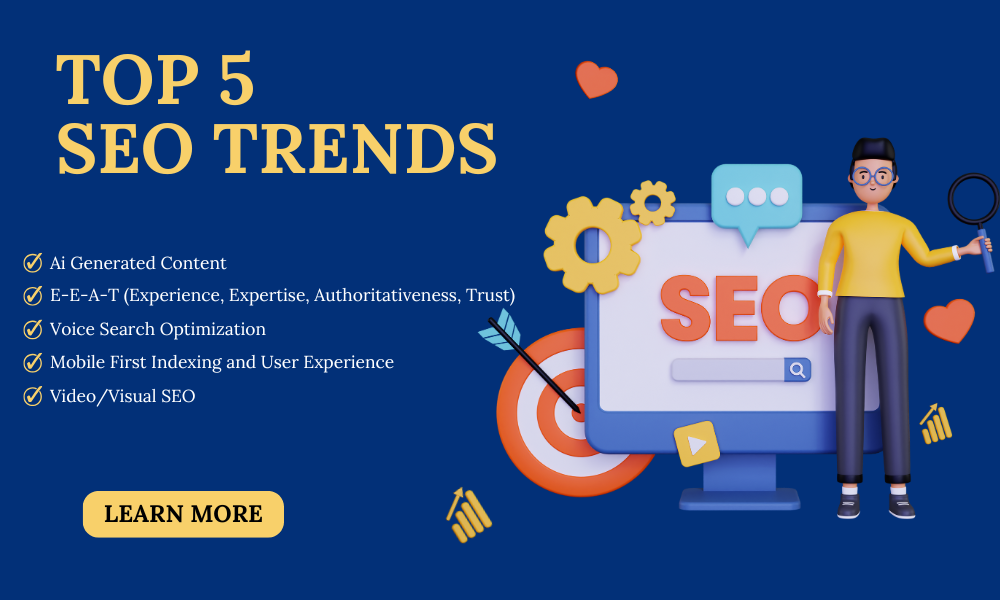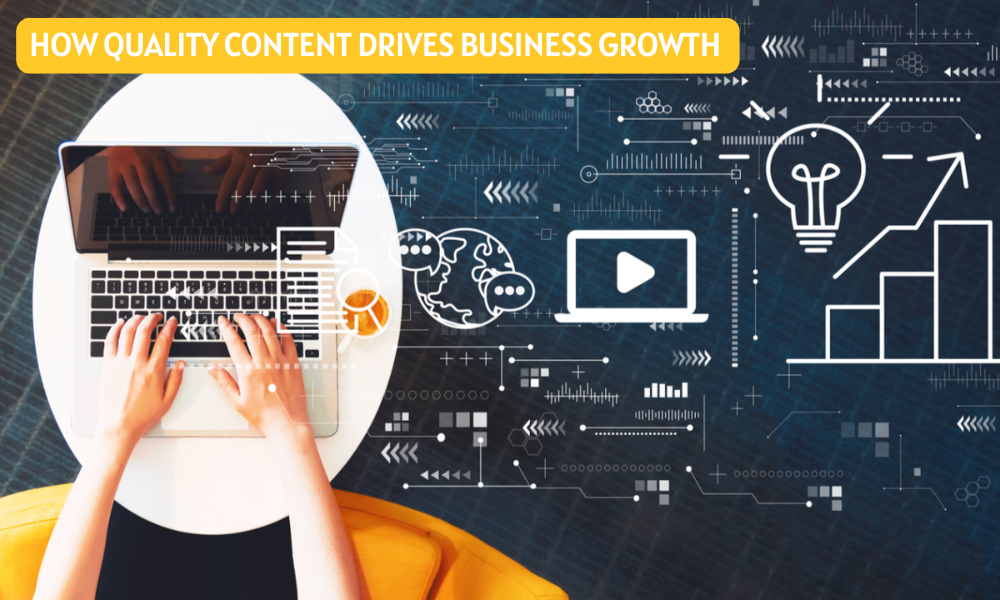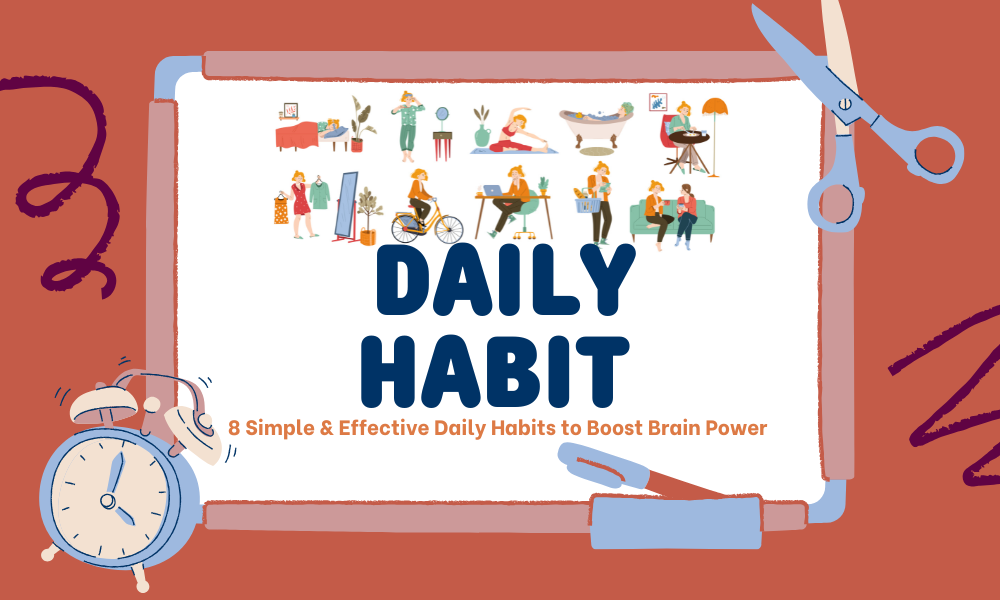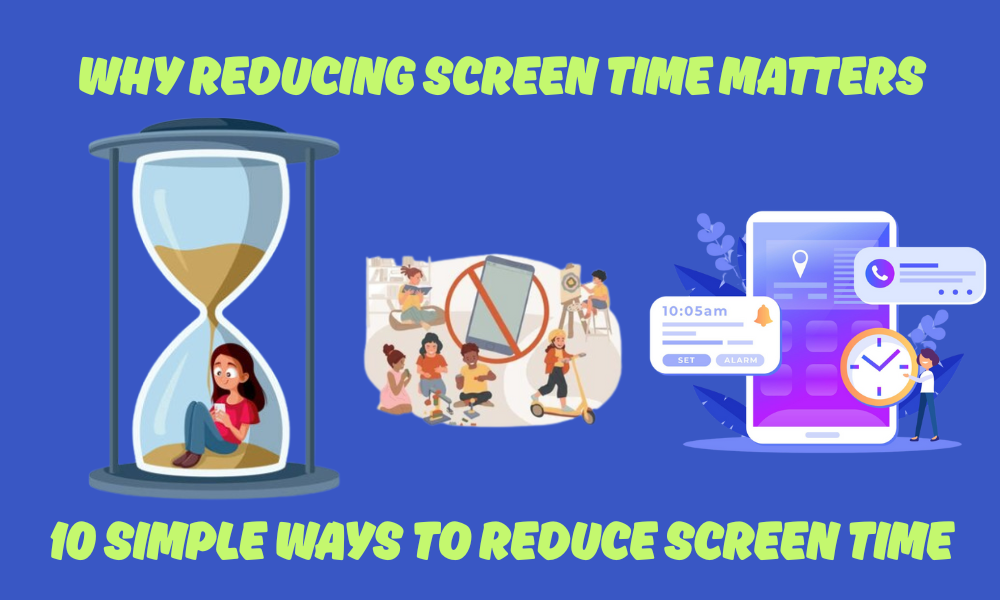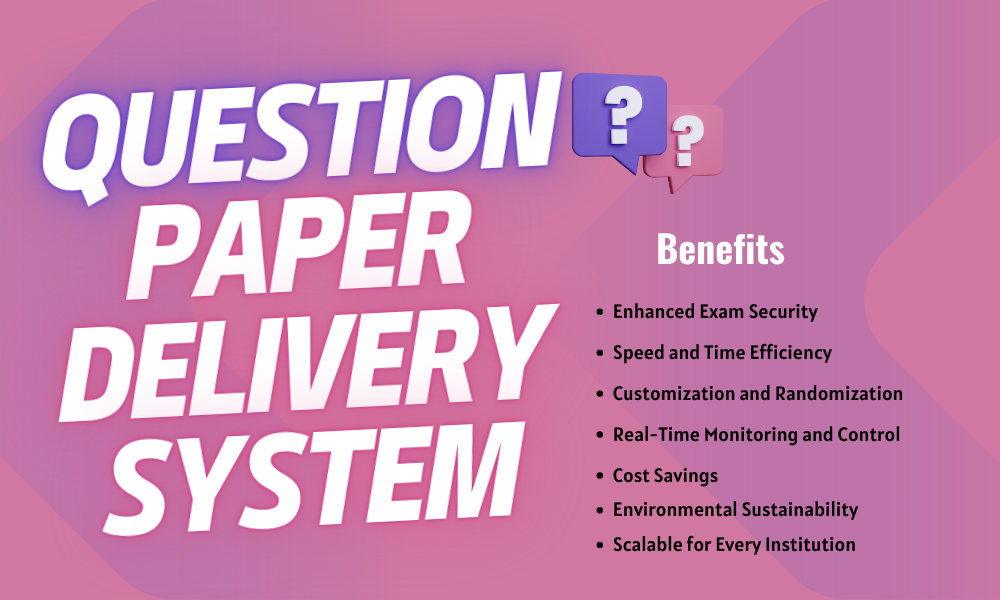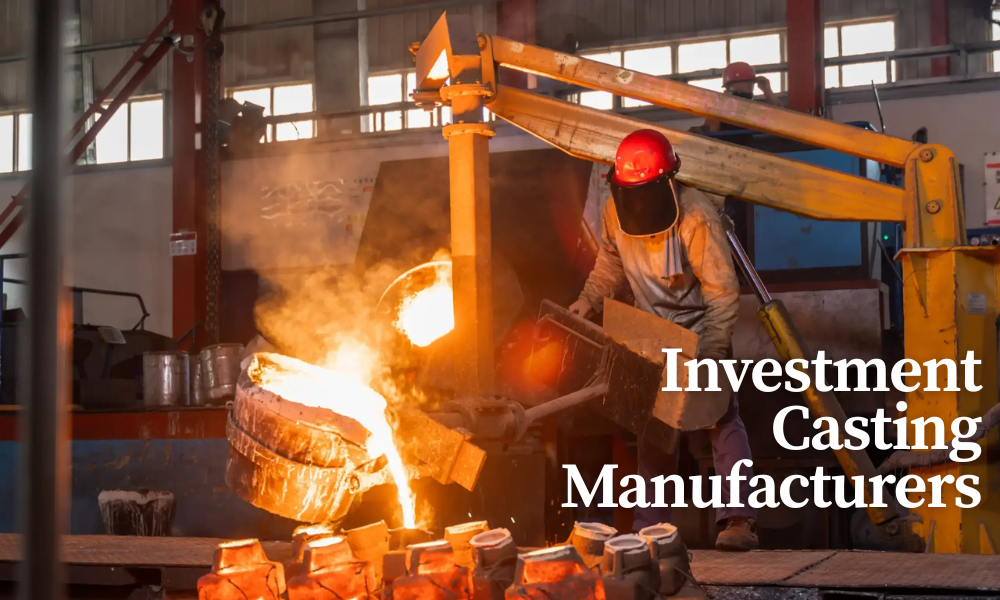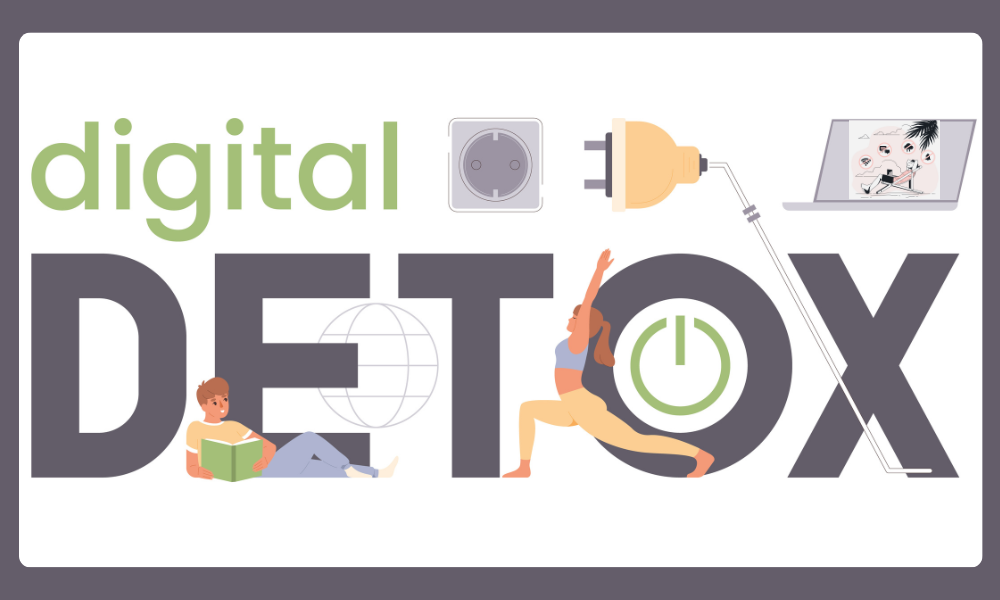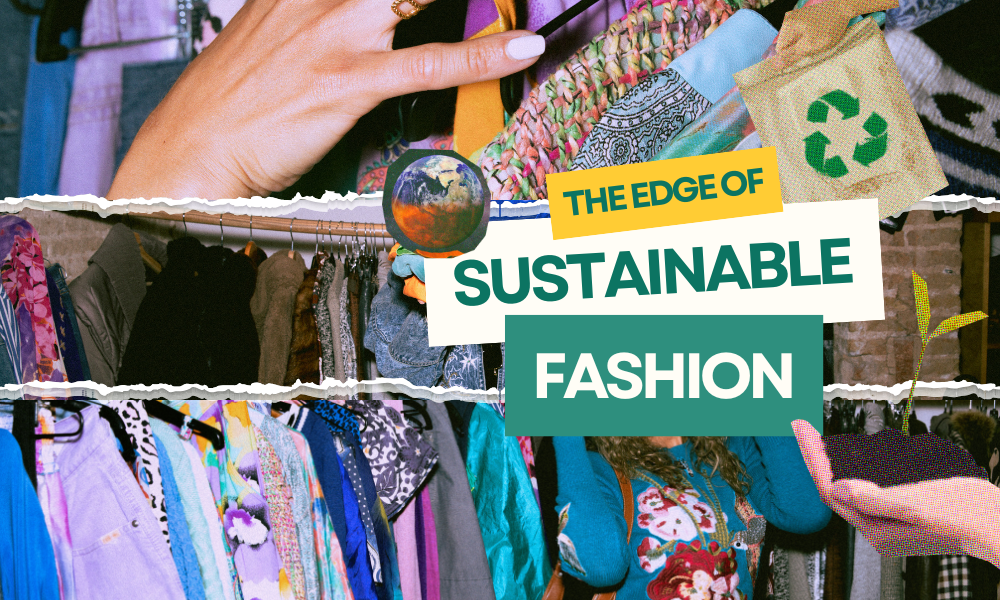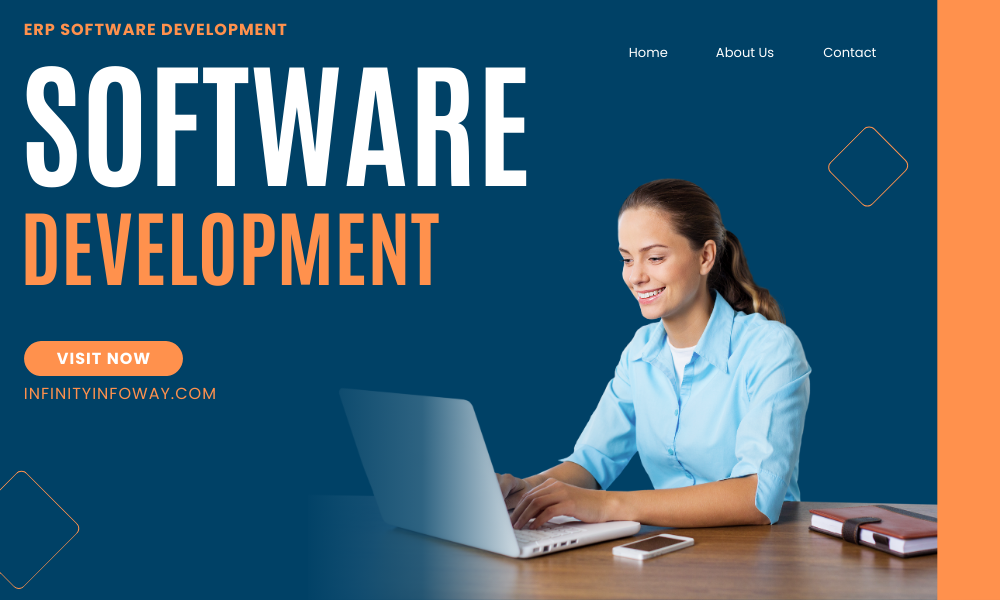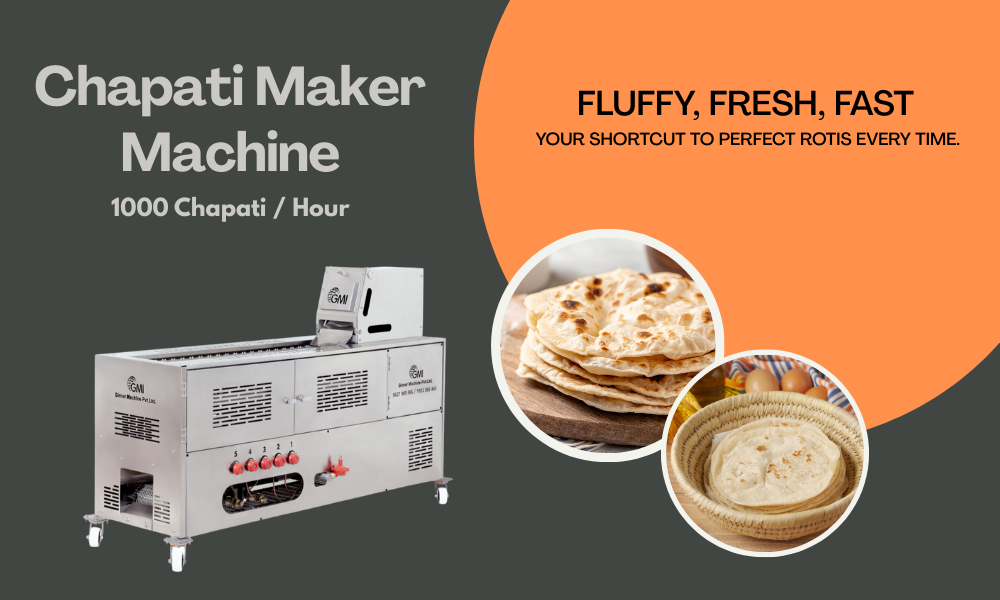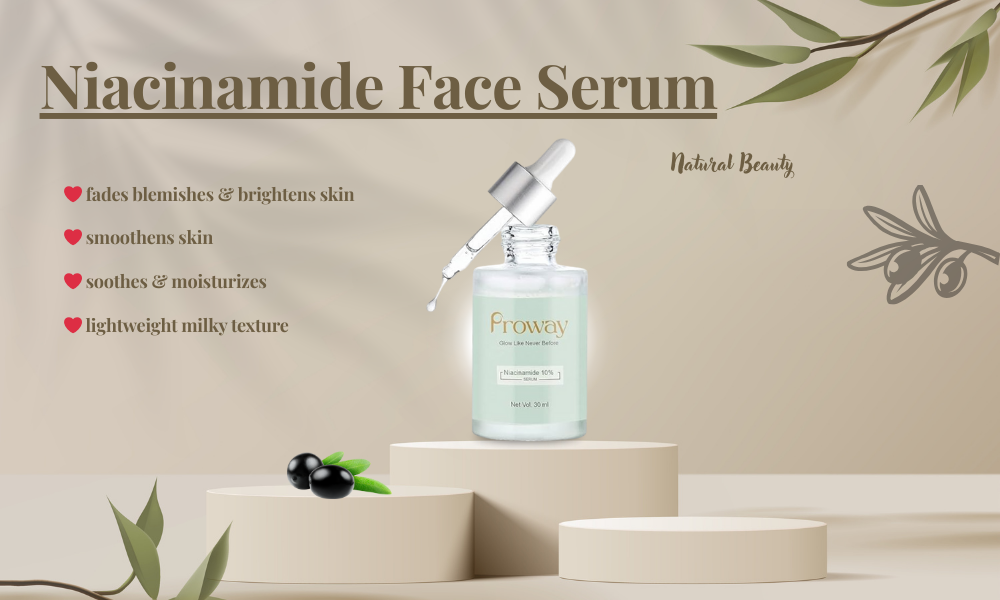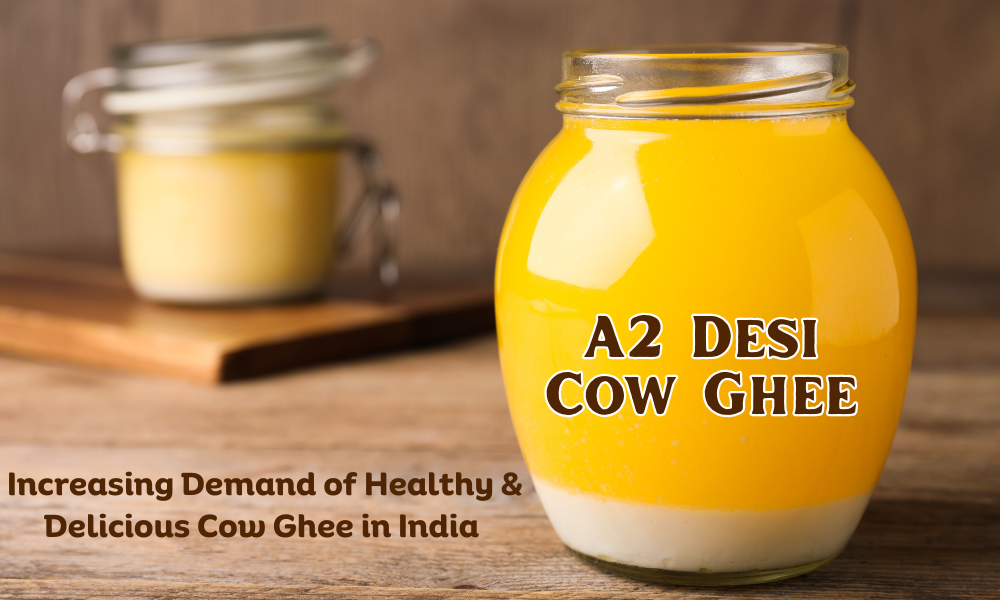Micro-Influencers vs. AI Influencers: Who Will Win in 2025?
As digital marketing morphs and shapes, brands are left trying to ask themselves this question of whether, in 2025, they should work with micro-influencers who give them imperfect but human authenticity, or simply look for AI influencers that can scale infinitely, and can promise solid control. There are pros and cons on both sides, and the influencer marketing climate is rapidly shifting, which makes for a compelling blog that analyzes the strengths, weaknesses, and the future of each to better understand who has the power in 2025.
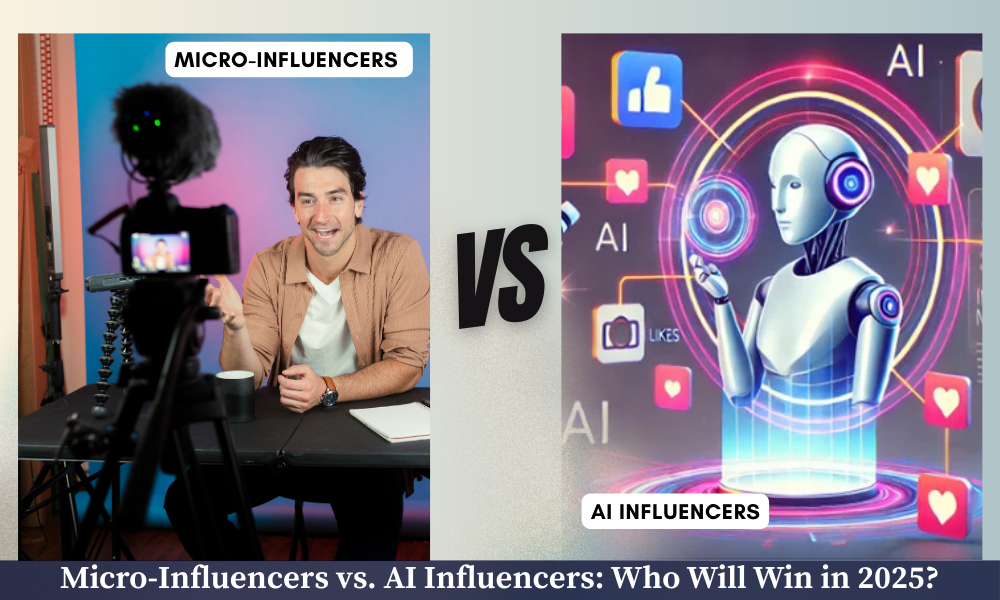
Authenticity vs. Efficiency: What do Audiences Want in 2025
With shorter attention spans and more competition for attention than ever, authenticity vs. efficiency continues to shape (and arguably define) the influencer marketing discourse. Micro-influencers tend to be creators with a few thousand to a few tens of thousands of followers and focus on creating and nurturing a tight community. Their followers identify with them — they’re viewed as peers and are typically relatable, trusted, and more “authentic” than celebrities seen on traditional media. This connection also translates into higher engagement rates and they realize more legitimate influence on their audience, especially in niche target audiences.
On the other hand, AI influencers are digital avatars, powered by artificial intelligence and defined by brand-driven algorithms. There is no sleep, no deadlines, and they are adaptable to suit a brand’s physical alignment to fit the campaign aesthetic and messaging. For brands, that means control over tone, timing, and content, and an opportunity to create a virtual face for their product that can be utilized anywhere.
That being said, AI influencers are an incredibly efficient solution, but there are still some consumer segments that value the failures and randomness that come with human (or imperfect) content creators. In an age where audiences are becoming increasingly discerning of inauthentic promotions and purposely scripted interactions in 2025, the genuine human voice of micro-influencers cannot be undervalued, especially for Gen Z and Millennials.
At the end of the day, it will come down to a brand’s objective: should brands scale quickly with consistent messaging, or should they invest in creating real relationships based upon authenticity? In many instances, the most robust strategies will execute on both sides.
Cost, ROI & Engagement: Which Type of Influencer is More Effective?
With costs & performance, each influencer group had certain advantages. Micro-influencers typically charge less than macro or celebrity influencers, making them attainable options to consider when thinking about partnership options for small to mid-size brands, all with their own perceived value in
terms of awareness. If you consider engagement, it’s to say that it does seem like their content brought more engagement percentage-wise than macro or celebrity influencers, as there are only personal connections established by enhanced trust with followers. The only challenge is that the more micro- influencers you use simultaneously, the harder it is to manage the campaign, timeline of deliverables & quality (because you are using many).
However, AI influencer is hit or miss. An upfront investment is needed to develop the influencer as an AI avatar or utilize one from the marketplace. Once developed, AI influencers can produce limitless original content at scale and without monetizing them, leveraged for brands seeking global reach and consistent messaging.
If we take performance based on more ROI, we see that micro-influencers generally have superior conversion rates in niche markets, while AI influencer campaigns often perform better in awareness- based, wide-reach campaigns. If current AI technologies are being commercially developed so quickly, it will be higher-stakes positions in marketing to get results from either potential influencer source.
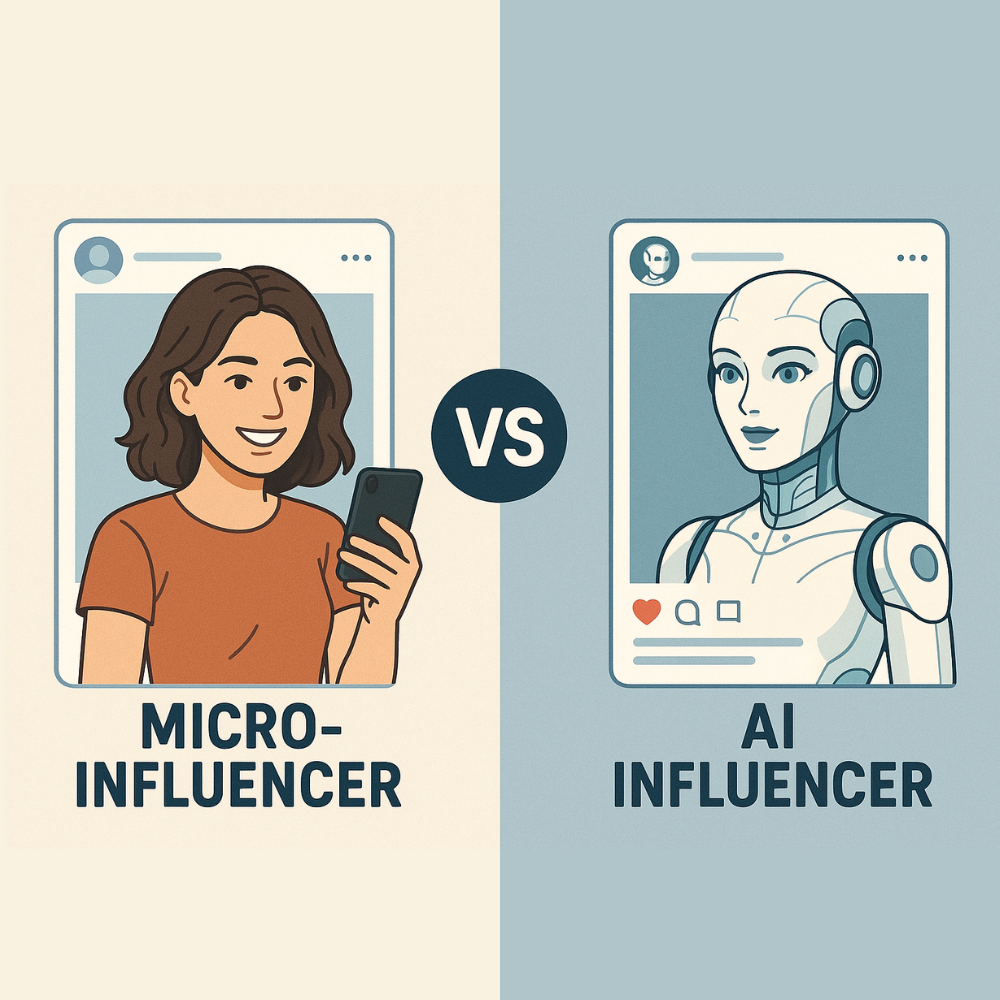
The Significance of Human Connection and Trust in Digital Marketing
Successful influencer marketing is built on trust, which is where micro-influencers excel. Their fans perceive them as personable people rather than polished brand ambassadors since their content frequently feels more genuine and unscripted. Their recommendations are more credible and powerful because of the emotional connections that are cultivated by this human factor. Because of the genuine and community-driven nature of their interactions, many customers have greater faith in micro- influencers than in celebrities or traditional advertising.
Even if they are incredibly effective and visually striking, AI influencers still find it difficult to capture true emotional depth. Their conversations are ultimately planned and devoid of real-life experiences, even though they can mimic human qualities and even react to comments. This restricts their capacity to establish trust on an equal footing with a human creator who shares vulnerabilities, thoughts, and personal tales.
Customers in 2025 will frequently be able to tell the difference between material created by humans and artificial intelligence as they grow more tech-savvy. Even while AI can help with branding and narrative, human interaction is still crucial for building strong, trustworthy relationships, particularly in sectors where consumers base their decisions on authenticity.
Can Artificial Intelligence Take the Place of Human Touch in Influencer Marketing?
Concerns over the future of human creators are raised by the sophistication of AI influences as technology develops. AI is becoming more and more popular with brands because of its scalability, availability around the clock, and complete creative control. Because of its effectiveness and low long- term expenses, AI may take the lead in international marketing and highly visual industries.
Micro-influencers, however, continue to be powerful in niche markets where emotional authenticity, cultural connection, and personal tales are crucial. They have an advantage in fostering meaningful interaction and establishing trust because of their capacity for human connection.
Looking ahead, a hybrid paradigm is probably in order, with micro-influencers promoting community- based influence and AI influencers managing mass communication. AI will support human interaction rather than replace it, assisting brands in striking a balance between reach and genuine connection.
Conclusion
The most effective approach in 2025 combines the effectiveness of AI with the sincerity of micro- influencers, enabling firms to grow while preserving real relationships with their target audience for long-lasting effects.
Author’s Bio
Author Nikita is professional content writer, she is always exciting to express thoughts & insights into wonderful words on various topics.

